Sonochemistry
Sonochemistry is an intriguing field that explores the chemical effects of ultrasonic waves on liquid media. By subjecting liquids to intense acoustic energy, sonochemistry induces cavitation, the formation and collapse of tiny bubbles. During cavitation, extreme conditions such as high pressures and temperatures occur within these bubbles, leading to localized heating, shockwaves, and the generation of free radicals. These unique conditions promote a wide range of chemical reactions, including decomposition, oxidation, and synthesis, at accelerated rates compared to conventional methods. Sonochemistry finds applications in various industries, including pharmaceuticals, nanomaterials synthesis, and environmental remediation, where it offers advantages such as rapid reaction times, improved reaction selectivity, and reduced energy consumption. By harnessing the power of ultrasound, sonochemistry continues to drive innovation in chemical synthesis and process intensification, paving the way for greener and more efficient chemical technologies.
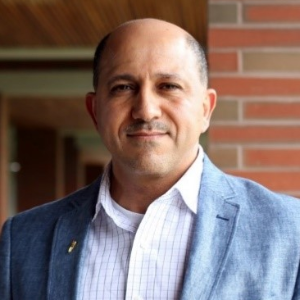
Hossam A Gabbar
Ontario Tech University, Canada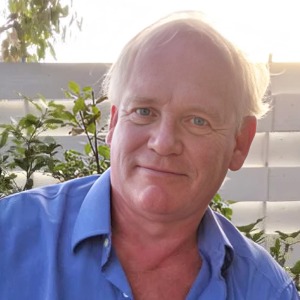
Victor John Law
University College Dublin, Ireland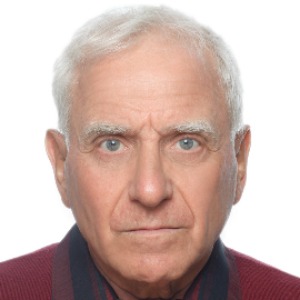
Alexander Bagaturyants
National Research Nuclear University MEPhI, Russian Federation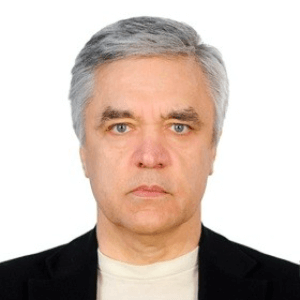
Sergey Suchkov
N.D. Zelinskii Institute for Organic Chemistry of the Russian Academy of Sciences, Russian Federation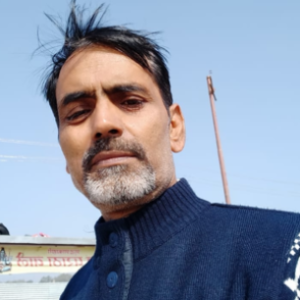
Shree Niwas Chaturvedi
Centre for Aptitude Analysis and Talent Search, India
Pieter Samyn
SIRRIS, Belgium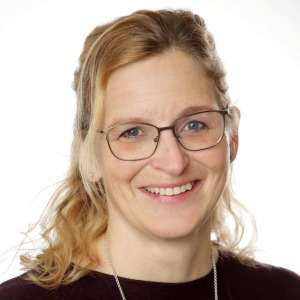
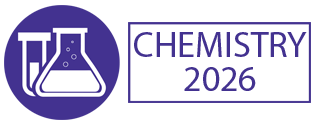



Title : Advances in plasma-based radioactive waste treatment
Hossam A Gabbar, Ontario Tech University, Canada
Title : Unraveling the ultrastructure and functions of the neuronal membrane skeleton using super-resolution fluorescence microscopy
Zhou Ruobo, Djillali Liabes University of Sidi Bel Abbes, Algeria
Title : Solar box cooker dehydration, and relative humidity endpoint detection, of lamiaceae culinary leaves on the island of Crete
Victor John Law, University College Dublin, Ireland
Title : Nutrient and heavy metal loads from the Ribeiras to Coastal zones: A land-ocean continuum perspective in Madeira Island
Aracelis Del Carmen Narayan Rajnauth, University of Porto, Portugal
Title : Prospective polyoxometalate-based covalent organic framework heterogeneous catalysts
Arash Ebrahimi, Comenius University Bratislava, Slovenia
Title : Eliminating implant failure in humans with nano chemistry: 30,000 cases and counting
Thomas J Webster, Brown University, United States